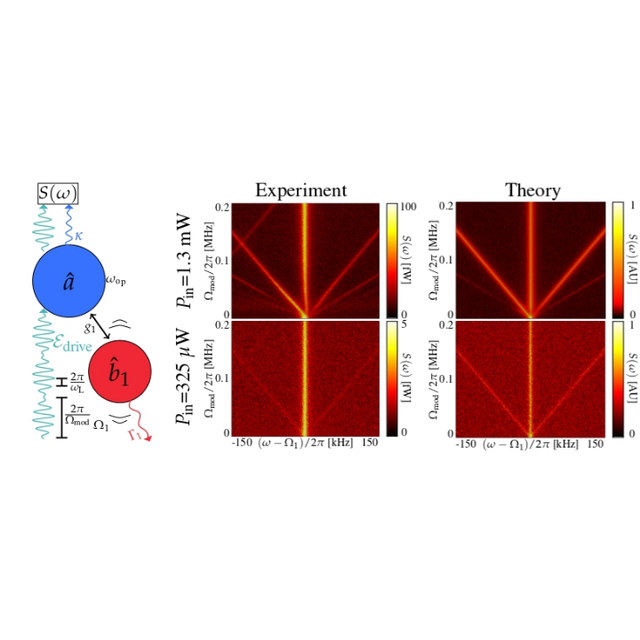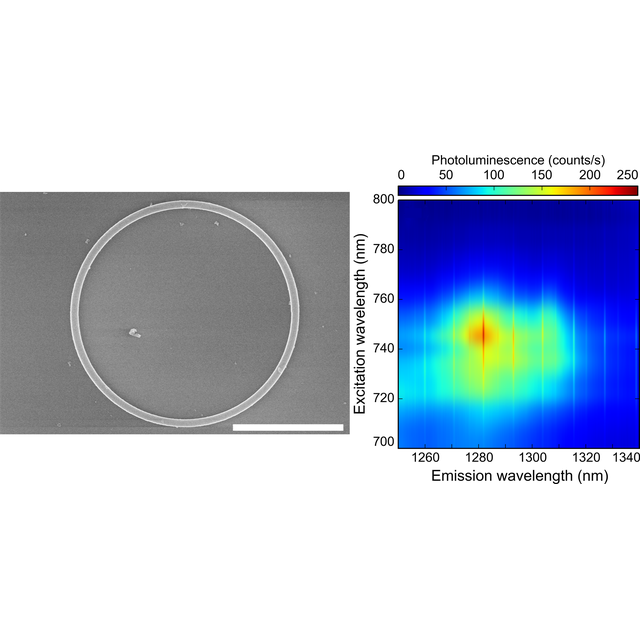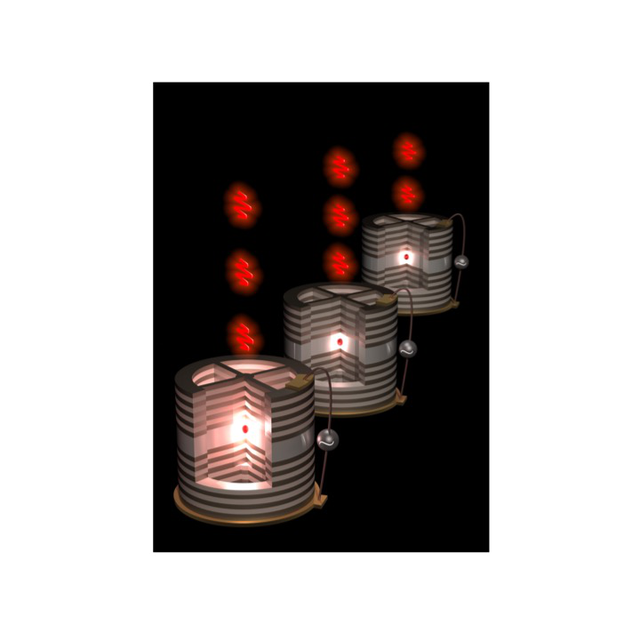Dynamical interactions famously provide a means to induce distinct steady states. In this respect, nanomechanical resonators are particularly interesting because they can be described by a double-well potential where their motions are amplified and subsequently cool down to a desired stable configuration. This is of high interest to fundamental explorations of nonlinear dynamics and emergent many-mode phenomena as well as to applications such as memories. This is of great interest for fundamental explorations of nonlinear dynamics and multi-mode emergent phenomena as well as for applications such as optical and optomechanical memories.
In this paper published in Physical Review Letters, a C2N team in collaboration with the University of Malta has explored the frequency-sensitive control of bistable states in degenerate mechanical modes through their coupling to an intensity-modulated optical field. Their control proposal offers a mechanism that temporally manipulates the double-well potential through the principles of Floquet dynamics with periodically modulated drives – which gained recent interest in the context of topological phases, time crystals, and mode-locked phonon lasing. This technique has recently been developed to derive analytical results and corroborate these by numerical simulations. Thus, it is possible to predict that a degenerate mechanical mode enforces switching in a bistable configuration when radiation pressure is modulated at a suitably chosen frequency. Within this frame, we also demonstrate experimentally with MHz-frequency mechanical modes hosted in optomechancial system that thermal heating can increase this control mechanism. Heating processes can be of inhibiting and enhancing nature, which is of intrinsic and technological interest.
These insights and results promise to be foundational for studies in physics and optomechanical technologies. These findings open the door to a wide range of possibilities beyond the aforementioned by enabling response of a bistable mode to optical modulation at distinct frequencies. Thus, these principles will find an application to find direct application in the efforts to create optical memory and sensing applications through nonlinear photonic interactions.
Reference
Floquet Control of Optomechanical Bistability in Multimode Systems
Phys. Rev. Lett. 129, 123603
Karl Pelka 1, Guilhem Madiot 2, Rémy Braive 2,3,4, André Xuereb1
1. Université de Malte
2. Centre de Nanosciences et de Nanotechnologies – C2N (CNRS/UPSaclay)
3. Université Paris-Cité
4. Institut Universitaire de France
DOI : https://doi.org/10.1103/PhysRevLett.129.123603
Contact : Rémy Braive (Maître de Conférence Université de Paris au C2N)
Fig. 1 : Floquet dynamics of an optomechanical system : Schematic of an optomechanical cavity driven with a modulated laser field; Experimental and theoretical noise spectra centered at the mechanical frequency in linear (top) and nonlinear optical regime (bottom) mapped over the modulation frequency.








